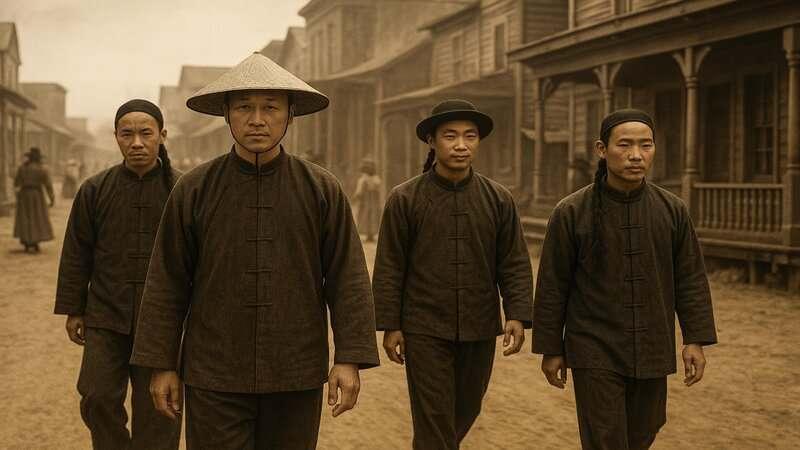1. Early Asian Arrivals: Before Emancipation

Long before the Civil War, Asians—particularly South Asian sailors and indentured servants—had already arrived in the United States. Often brought by European traders, these individuals faced harsh conditions and had few legal protections against forced labor. While not enslaved in the same way as Africans, their experiences of bondage, exploitation, and marginalization were strikingly similar. Their stories reveal a broader landscape of servitude in early America that is often ignored. For further insight, see this NPR feature.












